High-Density Polyethylene (HDPE) tubing has gained wide acceptance in drinking water systems due to its superior safety, durability, and reliability. Industries and municipalities prefer HDPE tubing for water distribution because it offers several advantages, including non-toxicity, corrosion resistance, and long-lasting performance. This tubing has become an essential component in providing safe, clean drinking water to homes, businesses, and communities worldwide.
Non-Toxic and Safe for Water Supply
One of the most critical features of HDPE tubing in water distribution systems involves its non-toxic nature. HDPE, as a material, does not leach harmful chemicals or contaminants into the water it transports. This property ensures that HDPE tubing remains safe for use in potable water systems, where maintaining water quality proves essential for public health.
Many piping materials can introduce chemicals, metals, or other substances into the water as they age or degrade. HDPE tubing, however, offers a chemically stable structure that prevents any contamination of drinking water. The material maintains its integrity even when exposed to different pH levels or disinfectants like chlorine. As a result, water flowing through HDPE tubing remains free from impurities, keeping it safe for consumption.
HDPE tubing also undergoes rigorous testing to meet stringent international health standards for potable water systems. Regulatory bodies in different countries certify HDPE tubing for use in drinking water distribution, ensuring its safety and compliance with health guidelines.
Resistance to Corrosion and Scaling
HDPE tubing’s resistance to corrosion and scaling ensures the long-term safety of drinking water systems. Traditional metal pipes, including iron or steel, often corrode over time when exposed to water, particularly in systems that handle hard water or fluctuating water qualities. Corrosion can lead to the release of rust and metal particles into the water supply, potentially compromising water safety.
HDPE tubing eliminates this issue by resisting both internal and external corrosion. It does not rust, oxidize, or degrade when exposed to water or environmental conditions, ensuring that the water remains free of metallic contaminants. Additionally, HDPE tubing avoids the need for chemical treatments or coatings, which can pose risks to water safety if they break down or dissolve into the water over time.
Scaling, the buildup of minerals on the interior surfaces of pipes, poses another challenge in maintaining water quality. Hard water can cause calcium or magnesium deposits to form inside pipes, leading to reduced flow and potential contamination. HDPE tubing’s smooth inner surface resists scaling, maintaining efficient water flow and preventing mineral buildup. This resistance to scaling contributes to the tubing’s ability to deliver clean water without the risk of contamination from mineral deposits.
Durability and Longevity
HDPE tubing offers an extended lifespan, providing drinking water systems with a reliable, long-term solution. Many water distribution systems face problems from pipe degradation over time, which can introduce contaminants into the water or lead to costly replacements. HDPE tubing, with its durability and resistance to wear and tear, eliminates many of these concerns.
Engineers design HDPE tubing to withstand temperature variations, pressure changes, and environmental stresses without cracking or deteriorating. This tubing maintains its structural integrity even in extreme conditions, preventing leaks or water contamination. HDPE tubing also resists UV rays, ensuring outdoor installations remain durable and reliable without degradation from sunlight exposure.
Because of this durability, HDPE tubing requires fewer repairs and replacements than other piping materials. The reduced need for maintenance keeps water systems operational, lowering the risk of contamination from infrastructure failures. The tubing’s long service life also ensures that drinking water systems continue to function safely for decades, providing communities with a reliable source of clean water.
Flexibility and Leak Prevention
HDPE tubing’s flexibility plays a significant role in its safety for drinking water systems. Unlike rigid pipes, HDPE tubing offers the ability to bend and conform to different terrains or environments, reducing the risk of leaks caused by ground movement or pipe stress. This flexibility proves particularly valuable in areas prone to earthquakes, soil shifting, or temperature fluctuations, where rigid pipes might crack or break.
When water distribution systems develop leaks, the risk of contamination increases as external pollutants can enter the water supply. Leaks also lead to water loss, which reduces system efficiency and places additional strain on the infrastructure. HDPE tubing minimizes these risks by providing secure, leak-resistant connections. Its flexibility allows it to absorb stress without cracking, preventing leaks and maintaining water purity.
The tubing’s fusion-welding capabilities further enhance leak prevention. Installers can use heat fusion techniques to join HDPE tubing, creating seamless connections that eliminate potential weak points or gaps. These connections ensure that the system remains watertight and prevents external contaminants from entering the pipes.
Resistance to Biofilm Formation
HDPE tubing’s resistance to biofilm formation contributes to its safety for drinking water systems. Biofilms, which are colonies of microorganisms that can develop inside pipes, pose a significant risk to water quality. Once biofilms form, they can harbor harmful bacteria or pathogens, which may then enter the drinking water supply.
The smooth inner surface of HDPE tubing resists biofilm growth by minimizing areas where microorganisms can attach and proliferate. Unlike materials with porous surfaces or rough textures, HDPE tubing does not provide a conducive environment for biofilm development. As a result, drinking water systems using HDPE tubing remain less susceptible to microbial contamination.
The reduced risk of biofilm formation eliminates the need for aggressive cleaning or disinfection treatments, which can sometimes introduce chemicals into the water. HDPE tubing’s natural resistance to biofilms provides an additional layer of safety, ensuring that water remains free from bacterial contamination throughout the system.
Compatibility with Modern Water Treatment Methods
HDPE tubing works seamlessly with modern water treatment methods, further enhancing its safety for drinking water applications. Many municipalities use disinfectants, such as chlorine or chloramine, to treat and maintain safe water supplies. Some piping materials may react with these disinfectants, causing degradation or introducing unwanted chemicals into the water. HDPE tubing, however, maintains compatibility with standard water treatment practices without reacting with the chemicals used.
The tubing’s chemical resistance allows it to transport treated water without compromising its quality. Disinfectants pass through HDPE tubing without causing any damage or releasing by-products that could affect water safety. The material also remains stable in systems that require the use of alternative disinfectants, making it a versatile option for various water treatment approaches.
Additionally, HDPE tubing can handle the pressure demands of modern water treatment facilities, ensuring reliable water transport without compromising safety. Whether in high-pressure municipal systems or low-pressure rural applications, HDPE tubing delivers consistent performance that keeps water safe for consumption.
Environmental Benefits and Sustainability
The use of HDPE tubing in drinking water systems also supports environmental sustainability, which contributes indirectly to long-term water safety. HDPE tubing’s lightweight nature and ease of installation reduce the energy and resources needed for transportation and installation. This efficiency leads to lower carbon emissions during the construction of water systems.
HDPE tubing also supports sustainability through its long service life and recyclability. The tubing lasts for decades, reducing the frequency of pipe replacements and the environmental impact of producing new materials. At the end of its life cycle, HDPE tubing can be recycled, minimizing waste and contributing to a circular economy.
The reduced environmental footprint of HDPE tubing ensures that drinking water systems remain eco-friendly while maintaining their safety and reliability. Sustainable practices help preserve water quality for future generations by reducing the environmental impact of infrastructure development.
Top HDPE Tubing Manufacturers
| Company Name | Location | Years Of Experience | Certificates |
| IFAN | Zhuji, China | 1993 | ISO certification |
| ASC Engineered Solutions | USA | 2019 | ISO certification |
| Patel Precision Works | India | over 21 years | ISO certification |
| RED-WHITE VALVE CORP | USA | 1971 | ISO certification |
| SVF Flow Controls | USA | 1988 | ISO certification |
IFAN international standard for HDPE Tubing
IFAN products adhere to a wide range of international standards to ensure quality and performance. These include ASTM D3035 and ASTM D3350 for polyethylene (PE) pipes and materials, ensuring appropriate dimensions and material properties. The ISO 4427 Series and EN 12201 Series standards cover specifications for water supply PE pipes. DIN 8074/8075 provides German standards for PE pipes used in various applications, while GB/T 13663 Series addresses China’s technical requirements for PE water supply pipes. Additionally, IFAN complies with AS/NZS 4130 for PE pipes in Australia and New Zealand, JIS K6760 for Japan, BS 6572 for the UK, and CSA B137.1 for Canada, meeting diverse global demands.
Conclusion
HDPE tubing offers an excellent solution for drinking water systems, providing a safe, durable, and reliable option for water distribution. Its non-toxic nature, resistance to corrosion and scaling, and prevention of biofilm growth ensure that water remains clean and free from contaminants. The tubing’s flexibility and leak prevention capabilities enhance system reliability, while its compatibility with modern water treatment methods supports long-term safety.
With its combination of strength, chemical resistance, and environmental sustainability, HDPE tubing stands out as a preferred material for drinking water applications. It supports municipalities, industries, and communities in providing safe, clean water to meet growing demands while maintaining the highest standards of public health and safety.
Connect
IFAN is a Chinese manufacturer of plastic pipes, fittings and valves with 30 years of experience. If you are interest in IFAN copper fittings, copper valves, plastic pipes and fittings, please contact us. IFAN offers you a variety of standard pipes to meet your specific needs. Click below to learn more about IFAN’s wide range of affordable and cost-effective valve products and piping system related products.
We will reply your email or fax within 24 hours.
You can call us at any time if there is any question on our production.
For more information,pls visit our webside https://ifanpro.com/
Pls Mailto: [email protected]
Whatsapp: + 86 19857948982




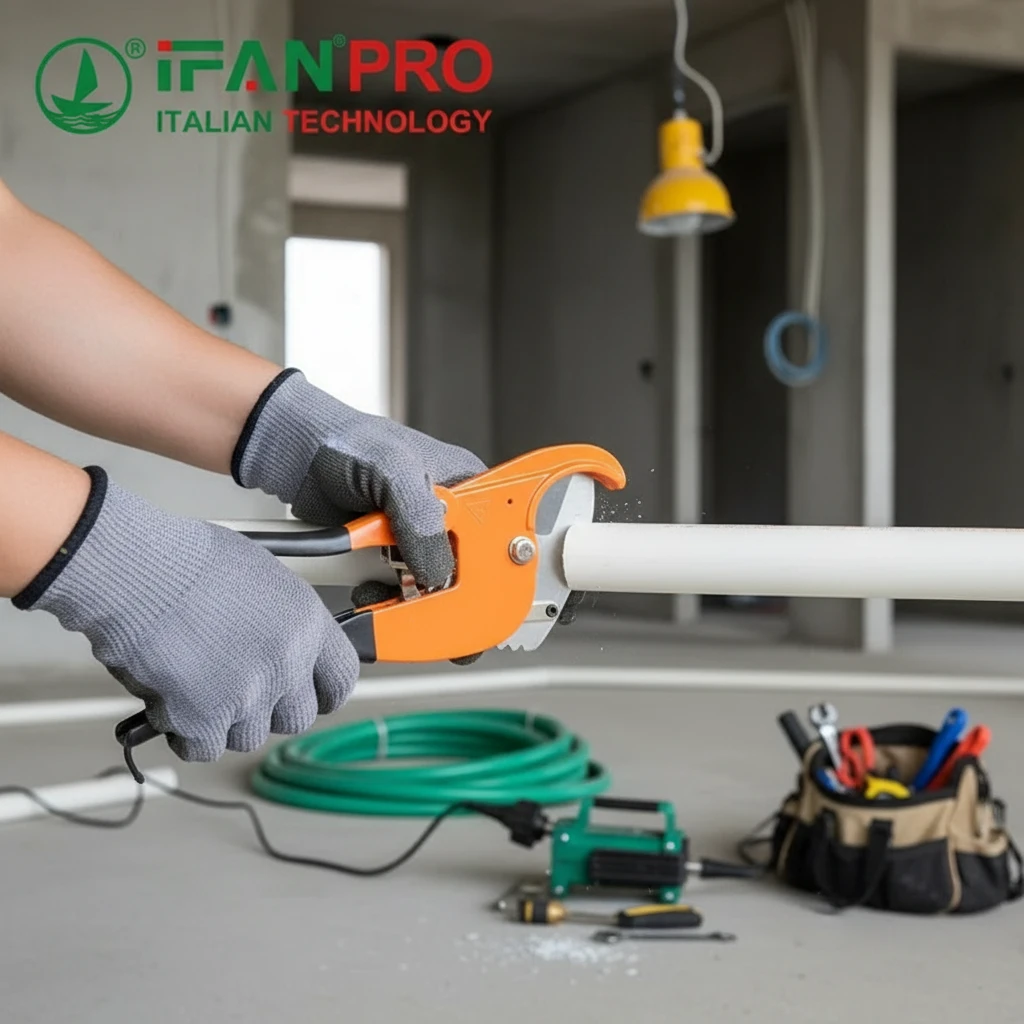
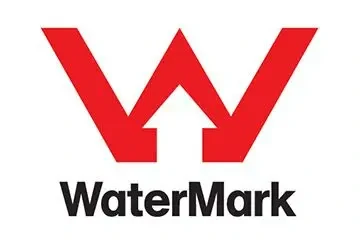

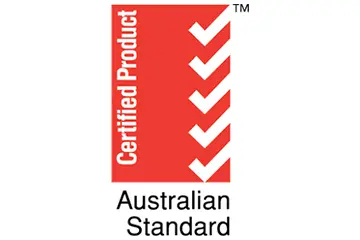
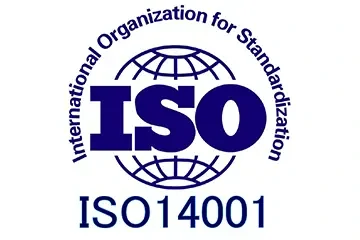



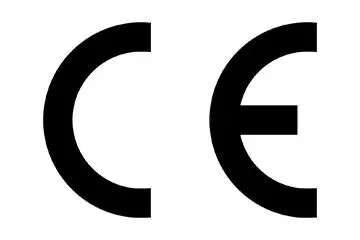
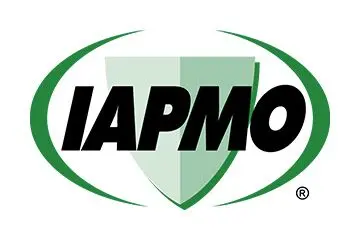
Recent Comments